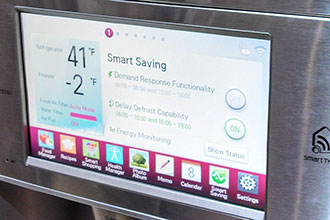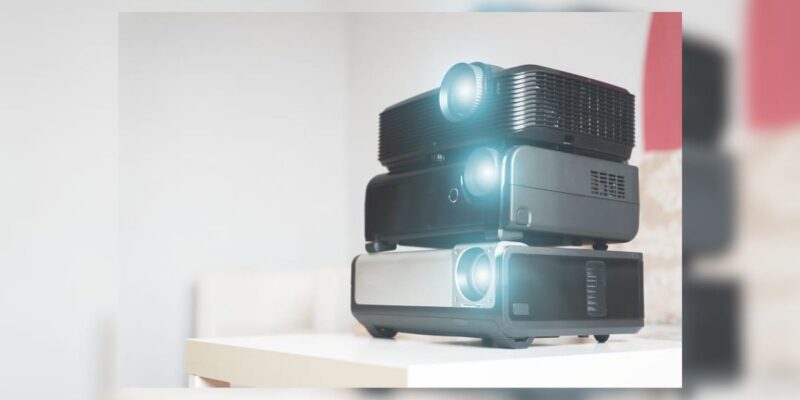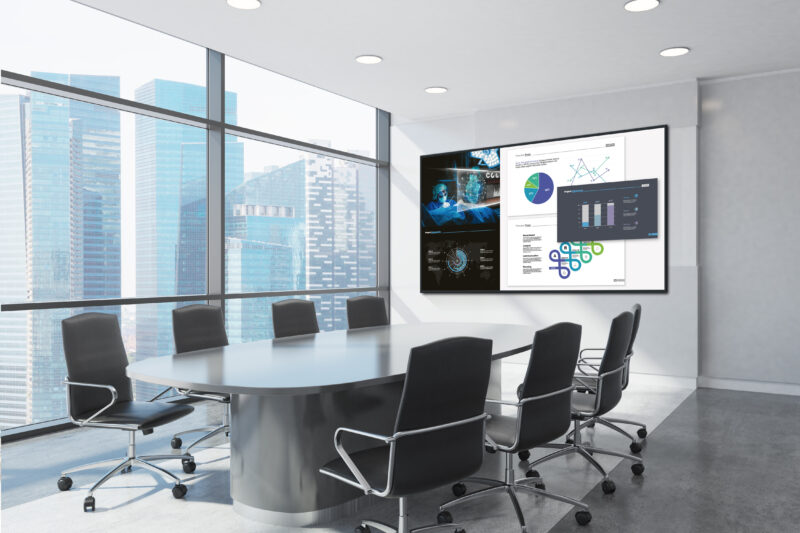CES 2014: Much Ado… Or Not?
 By Aldo Cugnini
By Aldo Cugnini
DisplayDaily
So, another CES comes and goes amid enormous promotion and the fallout of weather-related delays. Did it live up to the hype? Here’s a snapshot of this observer’s experience.
The highlight of the show must be 4K/Ultra HD. Not only did every major manufacturer show 4K displays — of course, LG, Samsung, Panasonic, Sony and the rest had a huge presence — but it seemed that every second- and third-tier manufacturer couldn’t risk getting caught at the show without one either. And not only were several of these displays curved, but LG and Samsung both demonstrated bendable displays; at the command of a remote, the display went from flat to curved in about 5 seconds. Some tongue-in-cheek remarks from the crowd regarding life-cycles brought a similar response — better get a service contract! Certainly, the appeal of such a feature could be more in its wow factor than its actual utility, but hey, it can be done.
A secondary technology caught in the halo effect of 4K is one of its potential enablers — High Efficiency Video Coding, or HEVC. Not blind to the practical issue of how to deliver content in 4K, many of the 4K sets include built-in HEVC decoding. In addition to making a reasonably-sized media server practical, combining HEVC decoding with Internet access (aka Smart TV) could make Web delivery of 4K content realistic.
 One of the issues discussed at the CES Unveiled press event last fall was that of user sensitivity (or lack thereof) to the perceived difference between 2K and 4K. For this reason, some players are starting to emphasize the Ultra HD experience as combining the benefits of increased resolution as well as increased color depth – even to 12 bits per color. This is a benefit not lost on Dolby, who showed in a private demo their High Dynamic Range coding system called Dolby Vision. Suffice to say, after seeing the demonstration on a mainstream consumer display, side-by-side with a $100,000 pro-grading monitor, the increase in high- and low-luminance detail was startling.
One of the issues discussed at the CES Unveiled press event last fall was that of user sensitivity (or lack thereof) to the perceived difference between 2K and 4K. For this reason, some players are starting to emphasize the Ultra HD experience as combining the benefits of increased resolution as well as increased color depth – even to 12 bits per color. This is a benefit not lost on Dolby, who showed in a private demo their High Dynamic Range coding system called Dolby Vision. Suffice to say, after seeing the demonstration on a mainstream consumer display, side-by-side with a $100,000 pro-grading monitor, the increase in high- and low-luminance detail was startling.
The Smart Home is another area that received substantial attention, with large and small appliances all getting connected to the Internet, for growing convenience and energy-saving benefits to consumers. (Perhaps the devil was in the details, but you may have heard that Google announced after CES 2014 that it plans to acquire smart thermostat maker Nest Labs in a $3.2B deal. Perhaps that cute little round display may soon start showing Google videos on your hallway thermostat?)
Finally, we would be remiss not to mention another hotspot at the show — 3D printing. With take-home systems running at less than $500, consumers can start cranking out their own small molded action figures, even as a craft. But the technology is only starting to scratch the surface of exciting business uses. One such area could revolutionize the industry of injection-molded consumer-electronics device enclosures.
A very mature and key component of many devices including TV displays, the manufacture of injection molded plastics is both ubiquitous as well as closely guarded, with the expertise to build the molds being held by fewer and fewer craftsmen. 3D printing, while currently slow, could nonetheless be used to make rapid prototypes of the molds themselves, in a kind of lost-wax process, which could then be used to crank out the actual injection-plastic pieces.
An exciting CES overall, the coming months will be the acid test — in retail stores — to see how new product releases can continue to build off the momentum.





